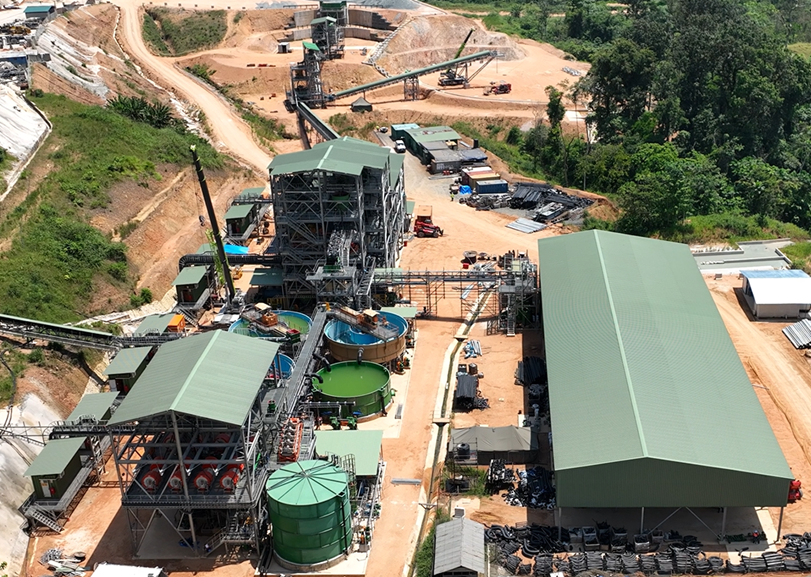
Alphamin Resources (TSXV: AFM; JSE AltX: APH) has reported tin production of 4,027 tonnes in Q2 2024, up 28% from the previous quarter, marking the first quarter including production from Mpama South.
Production from Alphamin’s DR Congo-based Bisie mine has surged 28% both quarter-on-quarter and year-on-year, with tin produced at Mpama South included for the second half of the quarter from 14 May 2024.
In line with expansion plans, ore processing increased 52% to 166,676 t and average grade declined 16% to 3.20% tin with Mpama South being a lower grade resource than at Mpama North. The Mpama South plant targets metallurgical recovery rates of 70%, though the overall plant recovery at Bisie remained unchanged at 75% as the new plant outperformed expectations. Overall recovery is expected to decline to 73% in future.
Tin sales increased 6% year-on-year to 3,245 t, despite falling 21% quarter-on-quarter due to exceptionally high sales in Q1 as the company cleared concentrate stocks accumulated during weather-related disruption to transport. The substantial increase in production is not wholly reflected in sales due to the lag between the two metrics and Mpama South becoming operational mid-quarter.
Alphamin’s earnings before interest, tax, depreciation, and amortisation (EBITDA) rose to $54.2 million, up 4% from the previous quarter on the 20% higher average tin price. The company highlighted that the sales lag meant the production expansion had limited impact on EBITDA. The lag, which is expected to clear in the third quarter, represents an approximate EBITDA contribution of $15 million.
Conversely, the all-in sustaining cost (AISC) rose 5% to $15,576 per tonne as a result of higher royalties, export charges, net smelter returns, and marketing fees relating to the elevated tin price.
Our view: Alphamin Resources’ impressive growth comes at a very opportune time, with the company well-placed to capitalise on elevated tin prices supported by protracted supply disruptions in Indonesia and Myanmar.


